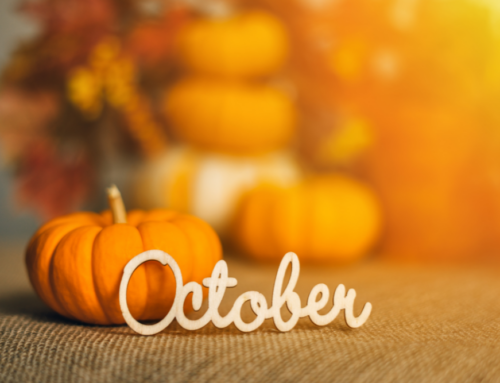
Photo Credit: https://flic.kr/p/ekEBbH
I love writing email appeals — diving deep into an issue, learning about the inspiring work that nonprofits do, and weaving words that inspire generosity.
When I teach others how to write email appeals — through webinars, trainings and consulting work — I get peppered with questions. Some about content, but a lot about mechanics.
A good email appeal is part art and part mechanics. It dials up your emotions and proffers giving as a fix to outrage, fear or sadness, or as a display of loyalty, pride or duty.
But the “when” and “how” and “who” also matter. That’s the mechanics. And it can set the stage for a well-written appeal, or kill it.
This post is about mechanics. Here are the 5 questions nonprofits always ask me about fundraising appeals.
1) How long should my email appeal be?

Photo credit: https://flic.kr/p/AxjPJ
I wish I had one, definitive answer for this one.
I’ve seen plain-text, ultra short emails knock it out of the park. But not always. Then there’s orgs that rely heavily on graphic email appeals.
My typical appeal is clocking in at 250-300 words, and there’s growing pressure to make it even shorter, especially for younger supporters. If you have a longer appeal, just make sure the lead is tight, the first hyperlinked call-to-action appears as soon as possible, and to break up long bits of text with a call-to-action.
BOTTOM LINE: You’re mileage may vary.
2) What time of day should I send my emails?

Photo Credit: https://flic.kr/p/f73dPG
Every few months, a study will come out pinpointing the EXACT right time to send email. Ignore it.
I subscribe to hundreds of nonprofit emails and they come in throughout the day, from early morning to late at night. Honestly, even big orgs sometimes send email when they can pull the trigger.
No emails come in in the dead of night (don’t send any then), but some do come first thing in the morning (6am).
I’ve had a lot of success lately with am/pm emails, especially on deadline days like Dec. 31, Giving Tuesday, or a match campaign deadline.
If you’re a national nonprofit, your supporters are likely spread out over time zones. See if your email system will let you stagger the send by time zone instead of blasting all at once.
BOTTOM LINE: Test times for yourself.
3) What’s the best day of the week to send email?
Again, ditch the studies.
Some nonprofits avoid Sunday like the plague, yet others find great response rates sending on Sunday evening.
Day/time combos I do like to avoid — Friday evening, Saturday afternoon and Monday morning.
BUT, topical emails trump all. If there’s a disaster or major political development on Friday afternoon, don’t wait days to send your appeal…strike while the topic is hot.
4) Who should the email be “from,” someone on staff, or the organization?

I lean toward sending email “from” a person, like your executive director, but there are plenty of nonprofits that just use their org name, or even the name of an event.
A sample of “from” names in my inbox right now:
- Human Rights Watch
- The Michael J. Fox Foundation
- Sigourney Weaver – NRDC
- Alana Krivo-Kaufman, JVP (Jewish Voice for Peace)
- The Climate Reality Project
- Moses Akatugba with Amnesty International USA
- Edward G. Lloyd (UNICEF)
- Union of Concerned Scientists
- Tenement Museum
- Daniel O’Neill, Mercy Corps
- Jo Miles, Food & Water Watch
- Keith Laughlin, Rails to Trails
5) How do I get people to open my emails?
If you want to get people to open your emails, there is no way around it…you HAVE to write better subject lines. And you aren’t going to get better at writing subject lines by writing fewer of them.
Write at least 5 for each email. I usually write 10-15. I guarantee you will write crappy headlines, but you just might come up with some gems, too.
Next, A/B test your subject lines. The best email marketers relentlessly test subject lines. Never run a headline test? Here’s a tutorial to get you started.
What’s your burning question about email appeals? Post it in the comment section.






